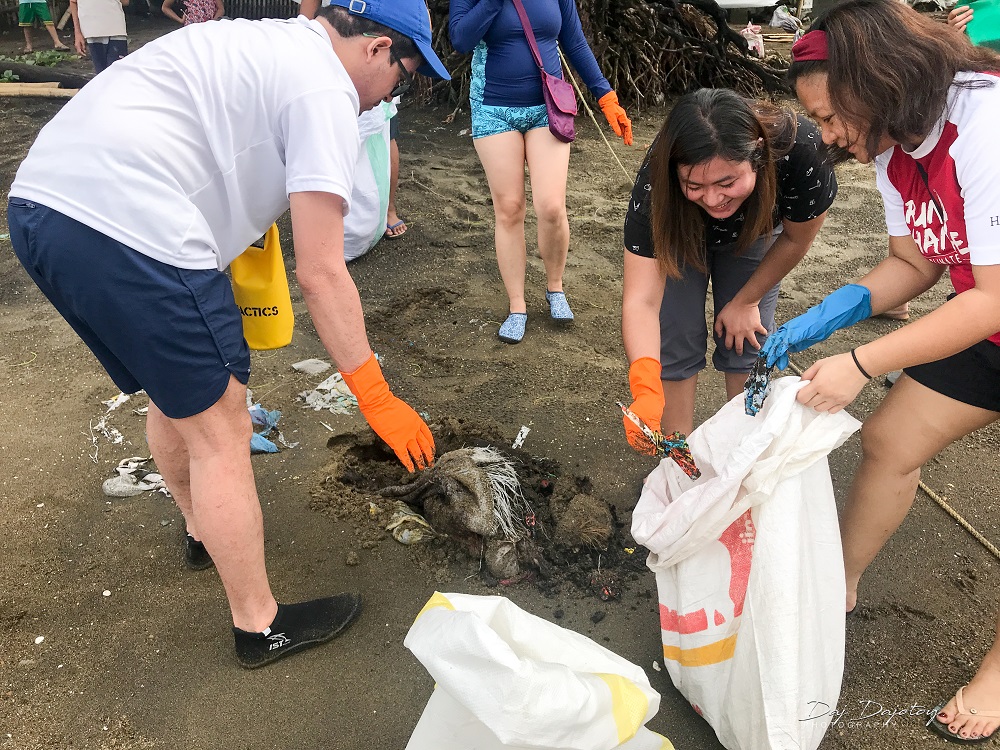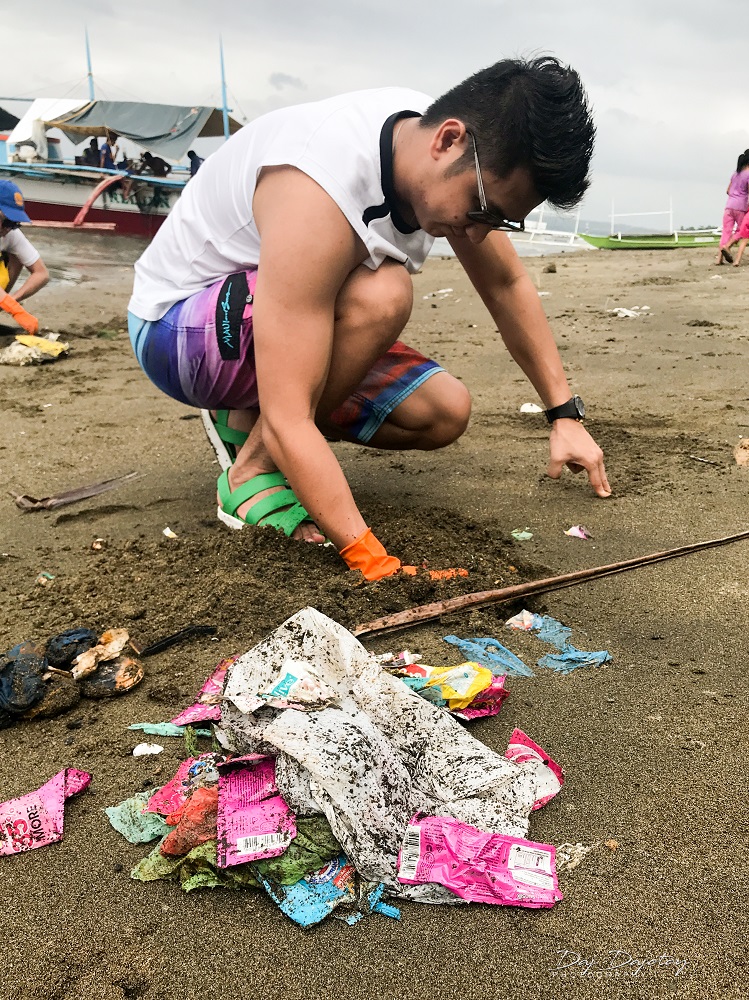Plastic Waste Continues to Affect Local Sites
June 2018
Near the end of whale shark season, WWF-Philippines, together with HSBC, did a coastal cleanup in Donsol, Sorsogon, a popular tourist destination for whale shark spotting. And unsurprisingly, plastic made up most of the marine debris collected.
Dino Calderon, WWF-Philippines Program Manager for Environmental Education, explains that while all of the plastic waste they collected did not originate from the municipality of Donsol alone, most of it came from nearby coasts carried by monsoons.

📷 Daj Dajotoy / HSBC

📷 Daj Dajotoy / HSBC
“If it’s Amihan, most of the trash comes from the other areas or wherever,” said Calderon about plastic waste being carried by the northeastern wind. “And when it’s Habagat, it goes to the other side. They can’t exactly identify which parts they come from because as long as you throw it into the sea, that’s it. There’s no more address.”
Calderon says that the plastic hurts Donsol’s tourism business for whale shark spotting and even quite possibly the whale sharks themselves.
“They are still trying to decipher as to why the population of whale shark is decreasing. What I can say is that every time you go out, you would always see trash floating around” Calderon remarked. “If the area is polluted, eventually people will know that you should not go there because the area is polluted.”
As the third highest contributor of plastic waste in world, Calderon posits that a main factor to the country’s pollution of plastic stems from the psychology of the Filipino consumer. Describing how Filipinos tend to purchase goods in small packets, Calderon says, “it’s the tingi mentality,” pertaining to items such as sachets of soap and plastics of small chips.
He does see hope in Filipino society to be more conscious about the pollution we create. On their way out of the coastal site, he notes how the tricycle drivers separate the biodegradable from the non-biodegradable trash as well as the municipality using eco-bricks (large PET bottles stuffed with plastic waste) for infrastructure like benches.
“Boat operators and hotel operators are more mindful,” quipped Calderon about the recourse local businesses are doing to reduce pollution. “You would expect that they would not care, but that is not the case because even them, they do not give straws that much anymore.”
One of the most popular ways of reducing our plastic consumption in the Philippines nowadays is refusing to use plastic straws in dining establishments and instead bringing metal straws. Even fast food giants are taking notice as McDonald’s in the UK and KFC in the Philippines are now on track to pulling plastic straws from their restaurants.
In our effort to reduce plastic pollution, every step, even the smallest like refusing a plastic straw or every eco-brick made—counts. So, the next time you enter a restaurant and receive a drink, or you are out buying groceries, join WWF-Philippines in declaring #AyokoNgPlastik.

📷 Daj Dajotoy / HSBC
